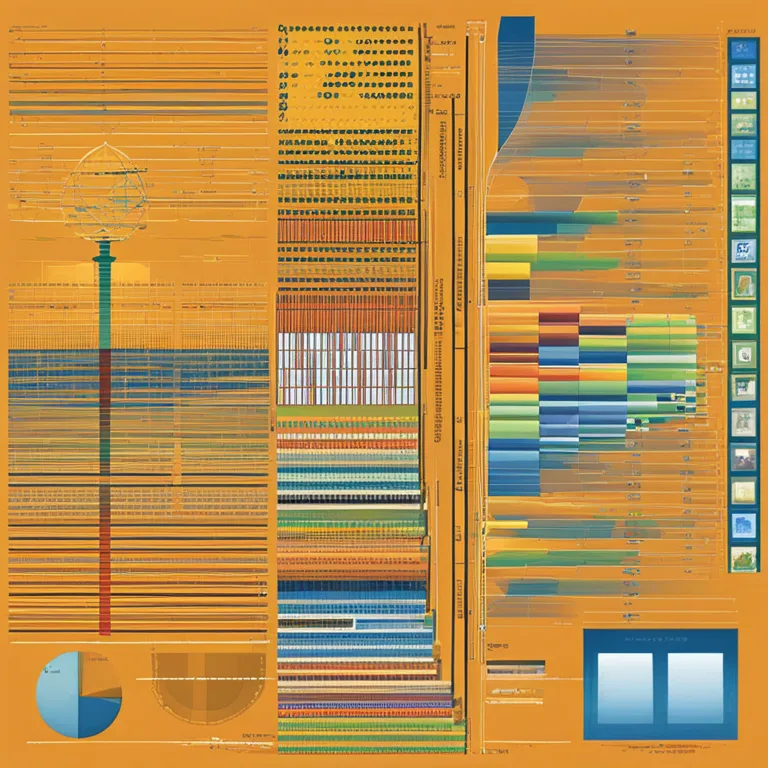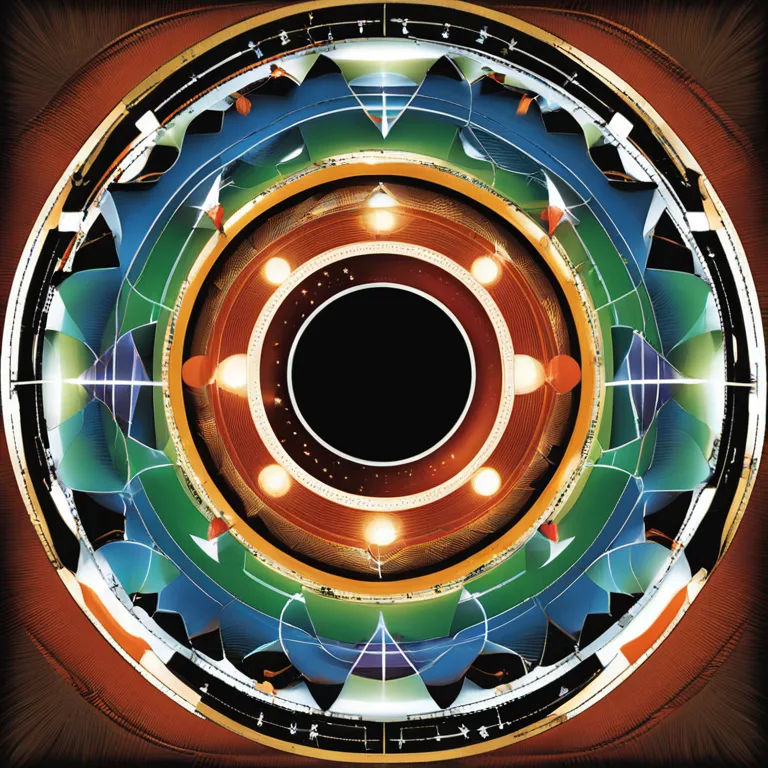
The Science of Biorhythms: A Comprehensive Guide
Delve into the foundations of biorhythm theory and discover how it aims to chart the natural cycles that govern human life.
article by Adrian Wallace
The Basis of Biorhythms
Biorhythms are a concept that represent theoretical cycles in human life, believed to affect one's physical, emotional, and intellectual faculties. The theory posits that from the moment of birth, individuals experience rhythmic biological patterns that influence various aspects of their well-being. Developed in the early 20th century, this concept has evolved and intertwined with various holistic and lifestyle approaches in contemporary society. As we consider their relevance in 2024 and beyond, it's important to reflect on their historical context and continuous fascination amongst enthusiasts seeking to optimize personal growth and understanding.
Three Core Cycles
The traditional biorhythm model focuses on three primary cycles: physical (23-day cycle), emotional (28-day cycle), and intellectual (33-day cycle). Each cycle is said to oscillate between positive and negative phases, with transitional days known as 'critical days' purportedly marking vulnerability to challenges in each domain. For instance, during the positive phase of the physical cycle, one might experience heightened endurance, while the negative phase may lead to a lack of energy. This cyclic pattern is not static but dynamically interacts with an individual's environment and experiences.

Calculating Biorhythms
To calculate a person's biorhythms, the individual's date of birth is utilized as the starting point. Modern advancements such as biorhythm calculators and software, which have become more sophisticated in 2024, allow for quick computations and visual representations of these cycles. Some platforms have even begun incorporating artificial intelligence to enhance the predictive capabilities of biorhythms, although the scientific community remains divided on their veracity. Nonetheless, the interest in biorhythms as a guide for personal scheduling and decision-making continues to hold a place in popular culture.

Critical Reception and Scientific Viewpoint
Despite the intrigue biorhythms evoke, the scientific community largely regards biorhythm theory as pseudoscience due to the lack of empirical evidence to substantiate its claims. Critics argue that the theory's predictions are too generalized and do not account for the complex nature of human biology. However, proponents argue that as a holistic approach, biorhythms serve as a tool for self-awareness rather than a definitive predictor of behavior, akin to ways astrology is perceived by many.

Biorhythms in Daily Life
For those who resonate with the concept of biorhythms, these cycles can be used to inform decisions, from choosing the best time for physical activities to identifying periods of heightened emotional sensitivity. Furthermore, with advances in wearable technology, followers can now monitor their supposed biorhythmic states in real-time, thereby integrating this age-old theory into modern health and wellness practices. Such applications reflect a continued interest in personal diagnostics and tailored lifestyle adjustments, harnessing the power of digital innovation.
Biorhythms and Beyond
As we look to the future, the intersection of biorhythms with other self-awareness practices presents a realm of possibility for those who seek to deepen their understanding of personal rhythms. Whether rooted in ritual or research, the enduring curiosity around biorhythms captures a universal desire to navigate life's ebbs and flows more harmoniously. As our world becomes increasingly data-driven, the allure of personalizing one's life through such theories indicates a broader trend towards bespoke living and wellness strategies.
Published: 1/4/2024
Modified: 1/4/2024
More predictions
Come back here soon to learn more about yourself and your future


The Practical Uses of Biorhythms In Today's Life
Discover the significant applications of biorhythm theory in everyday living, from health optimization to decision-making.


The Practical Applications of Biorhythms
Delve into the practical applications of biorhythms and discover how they can influence your daily life and personal wellbeing.


The Practical Uses of Biorhythms in Daily Life
Discover the practical applications of biorhythms across various aspects of daily living, from personal health to decision-making.